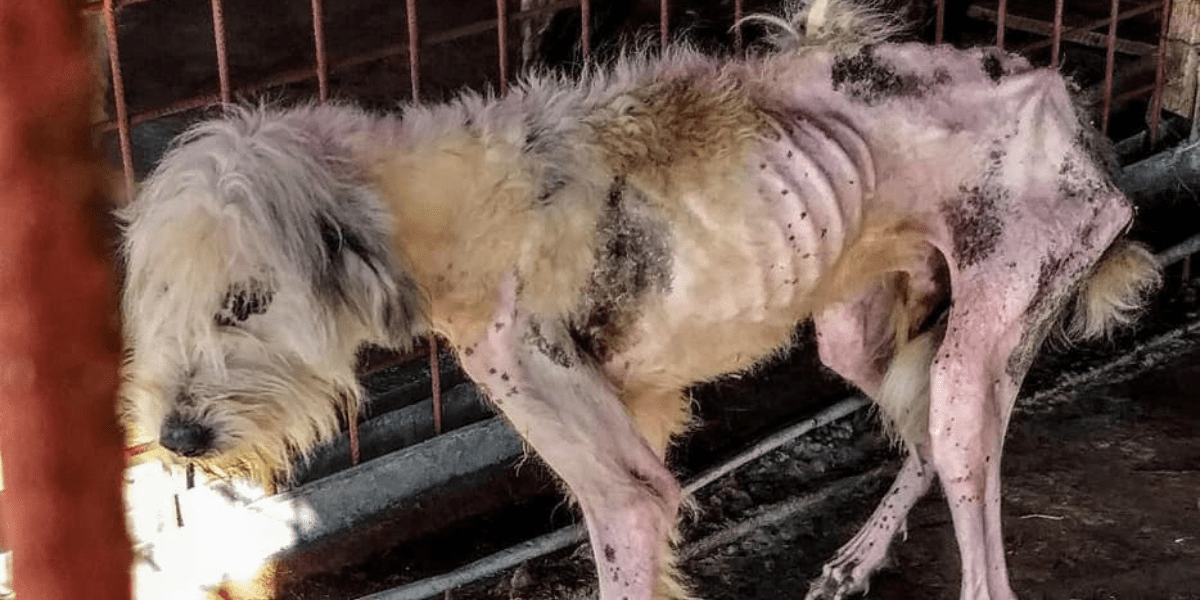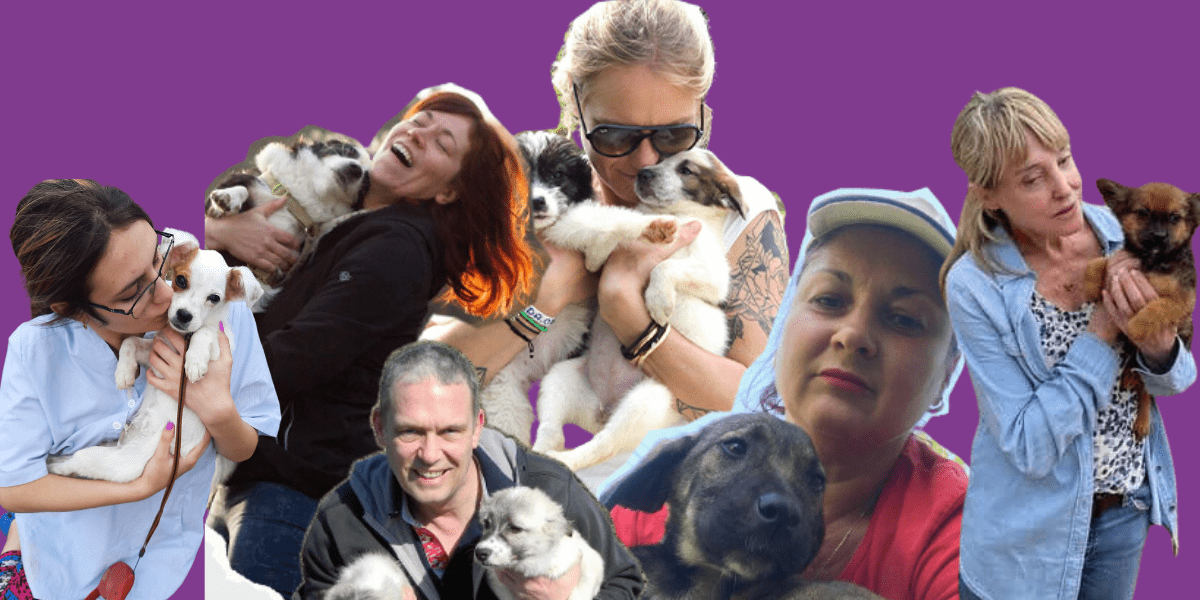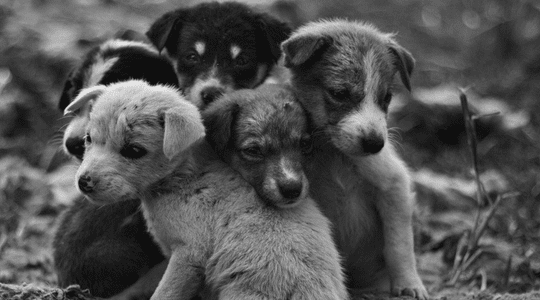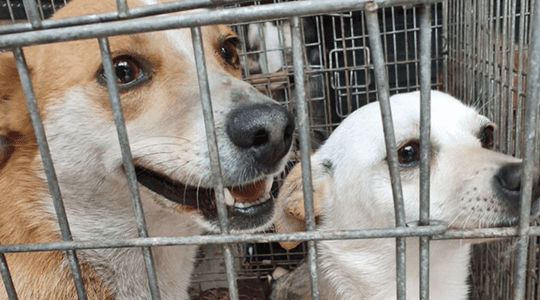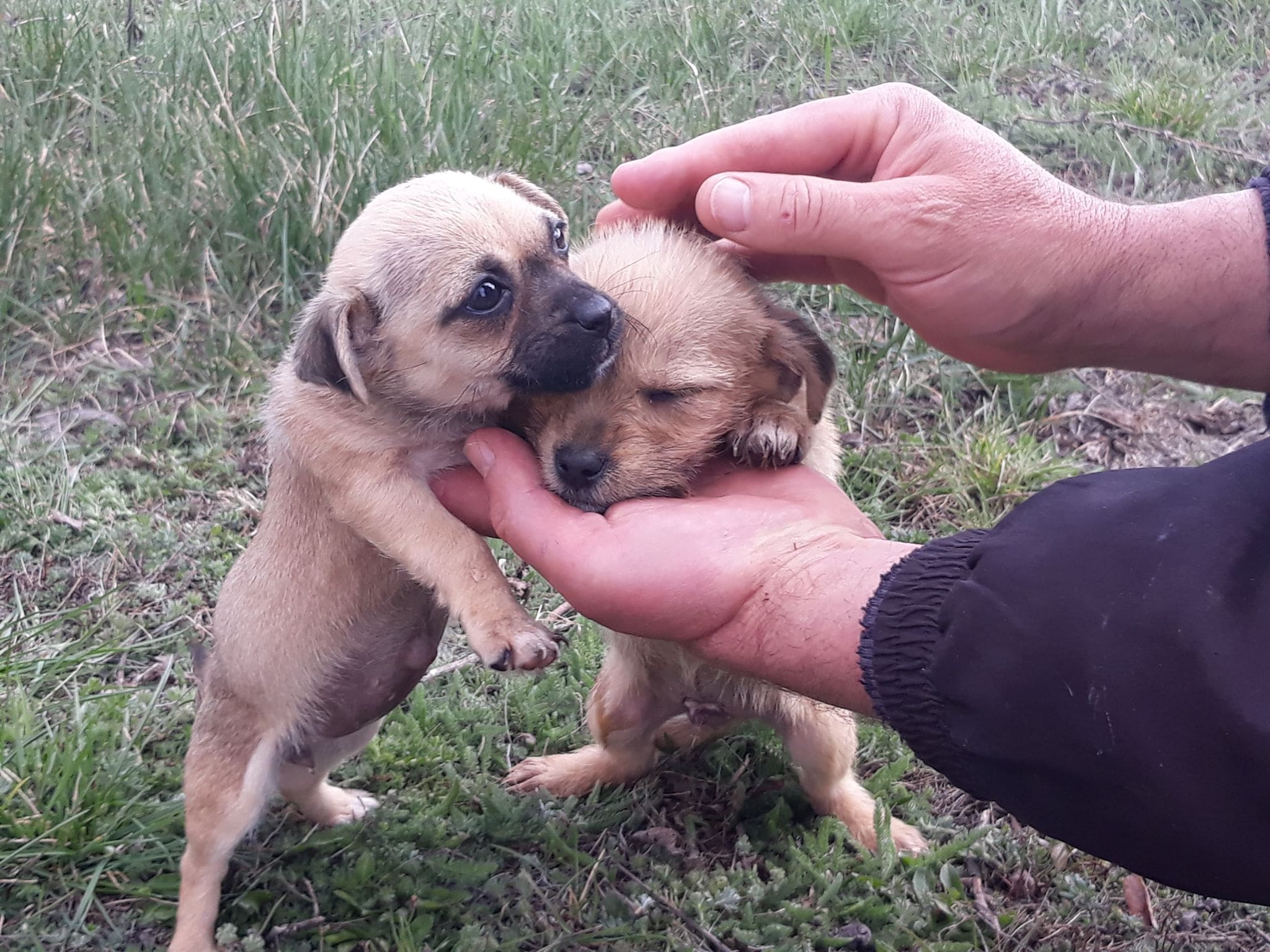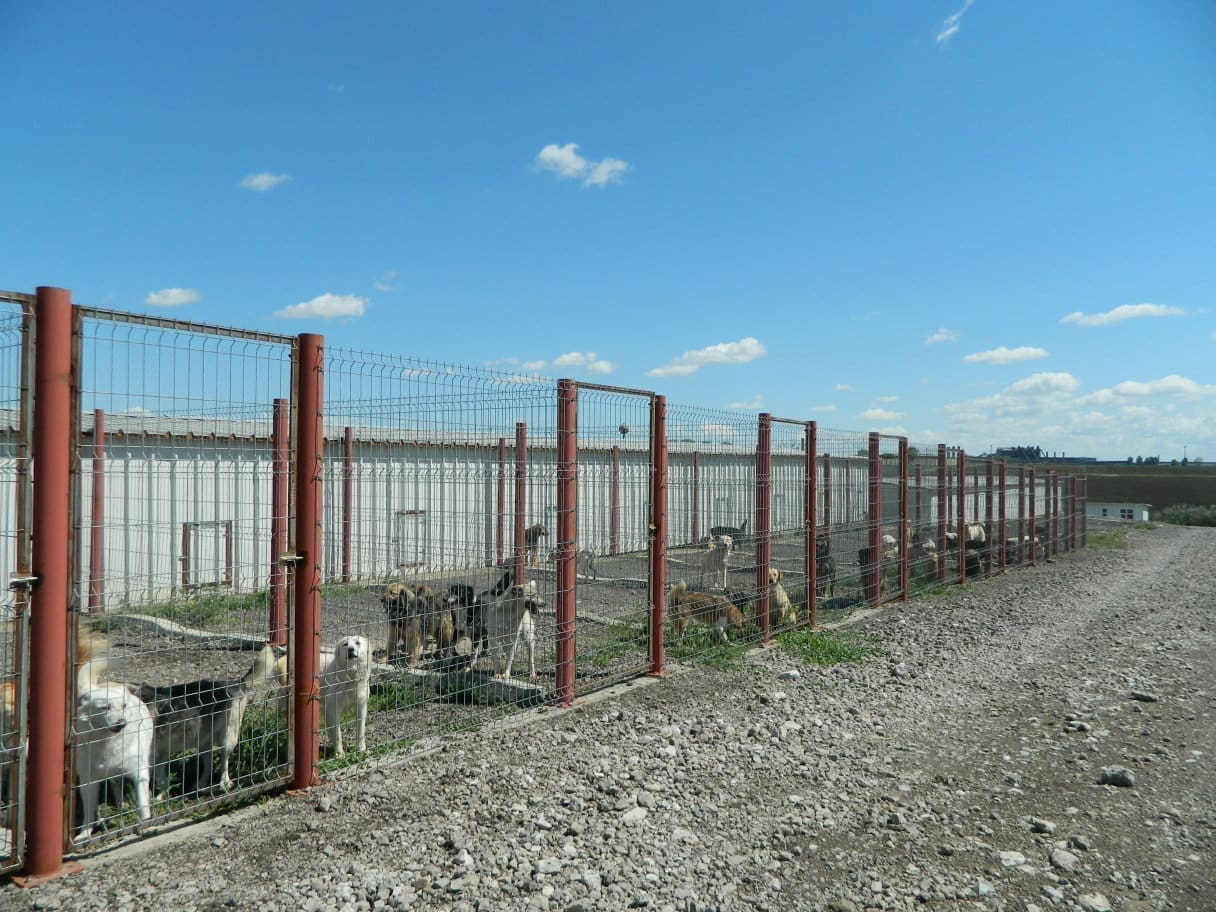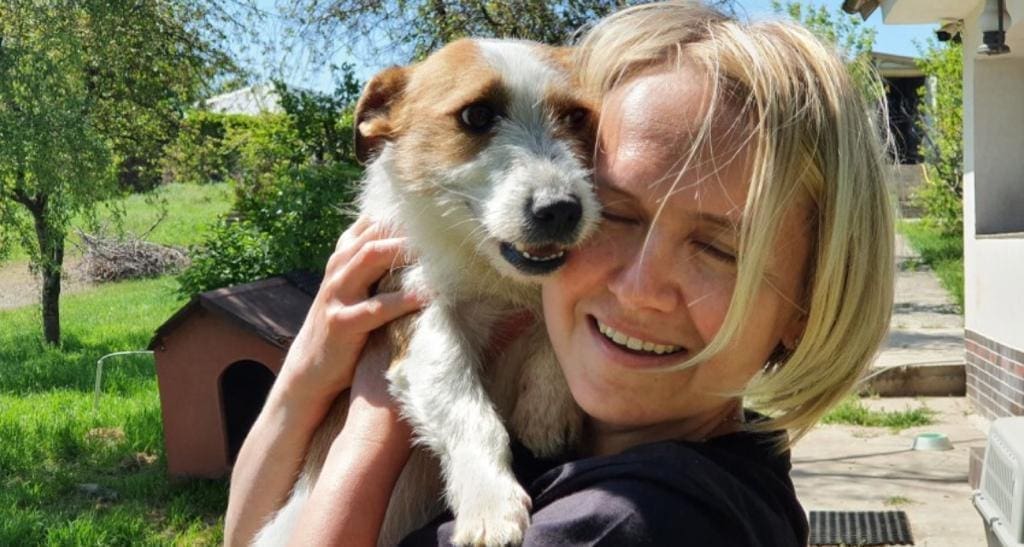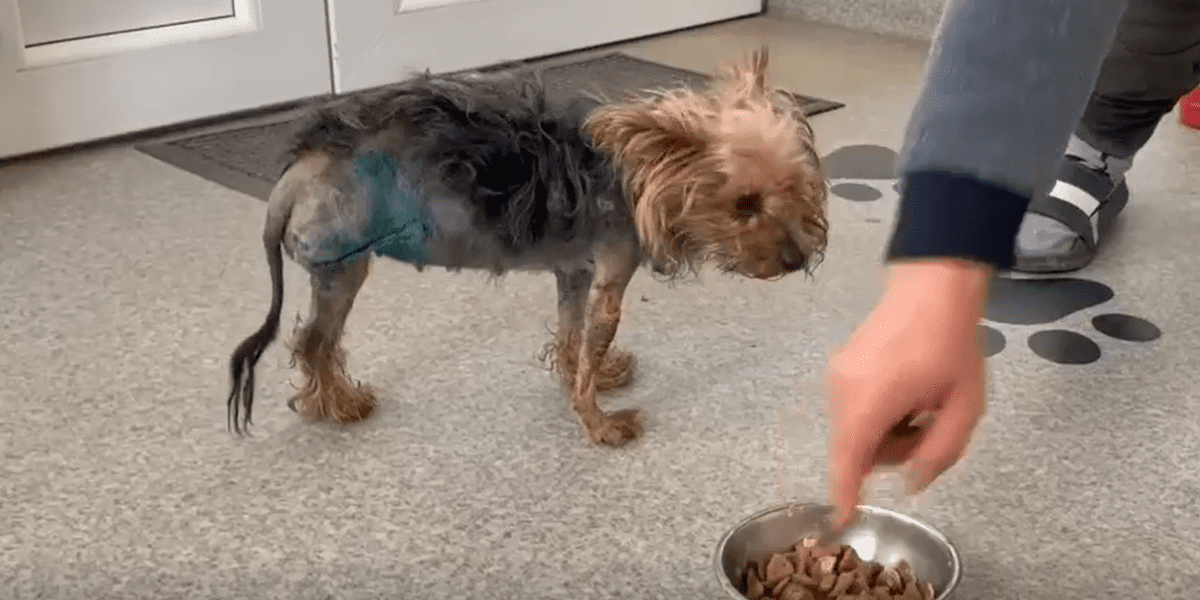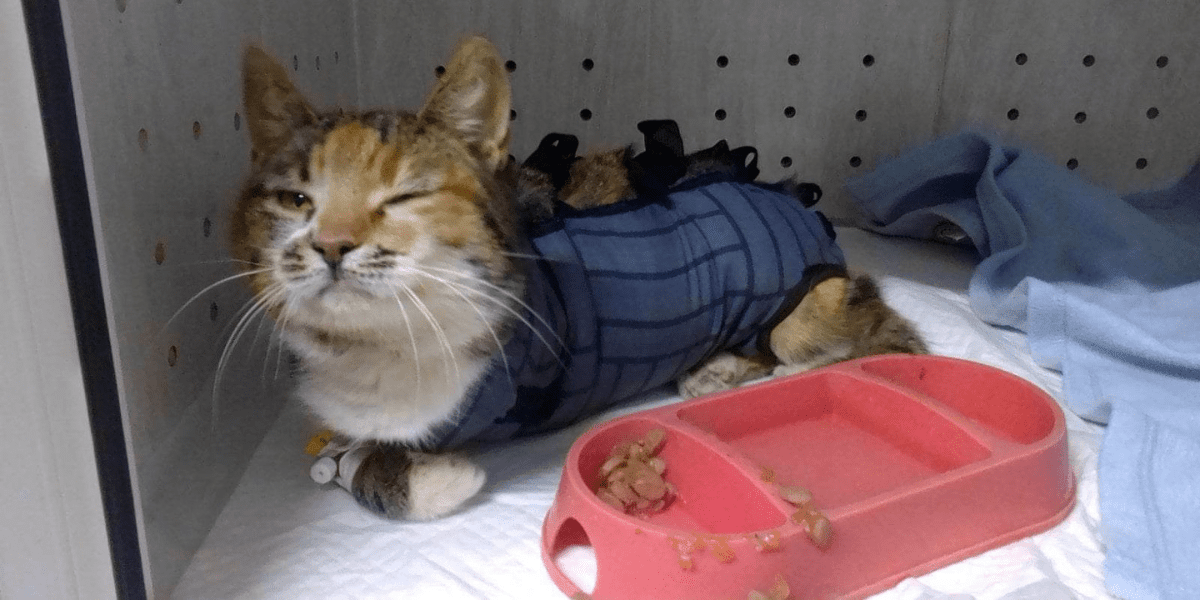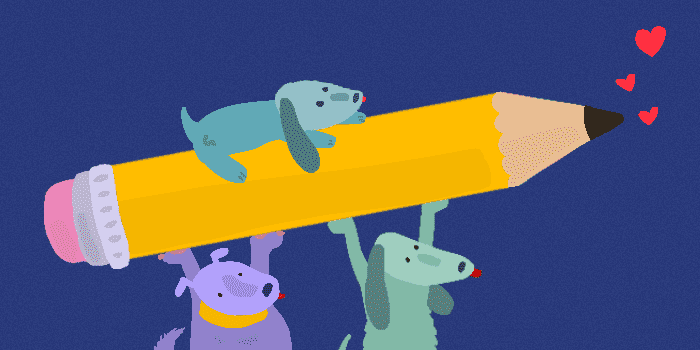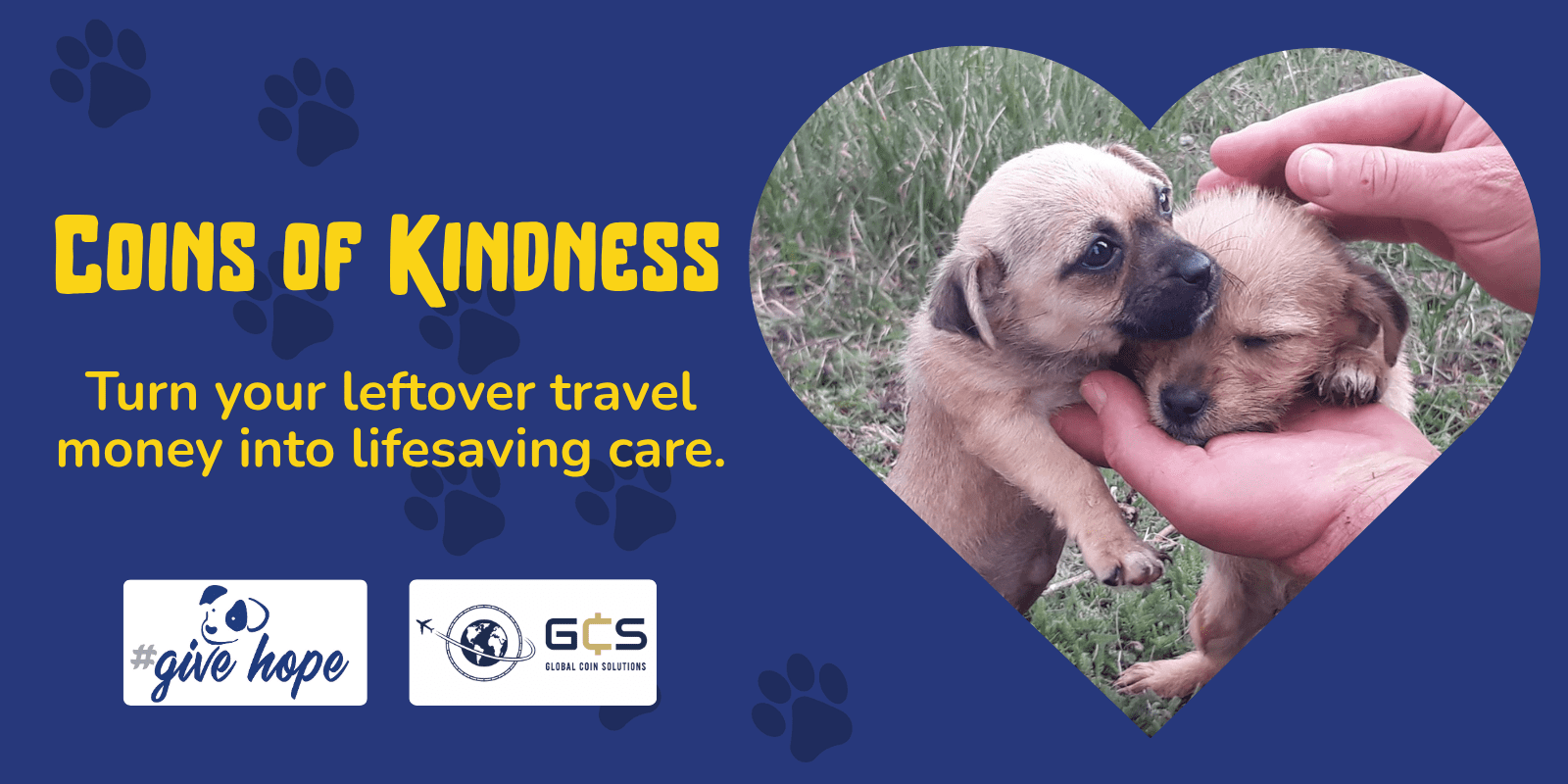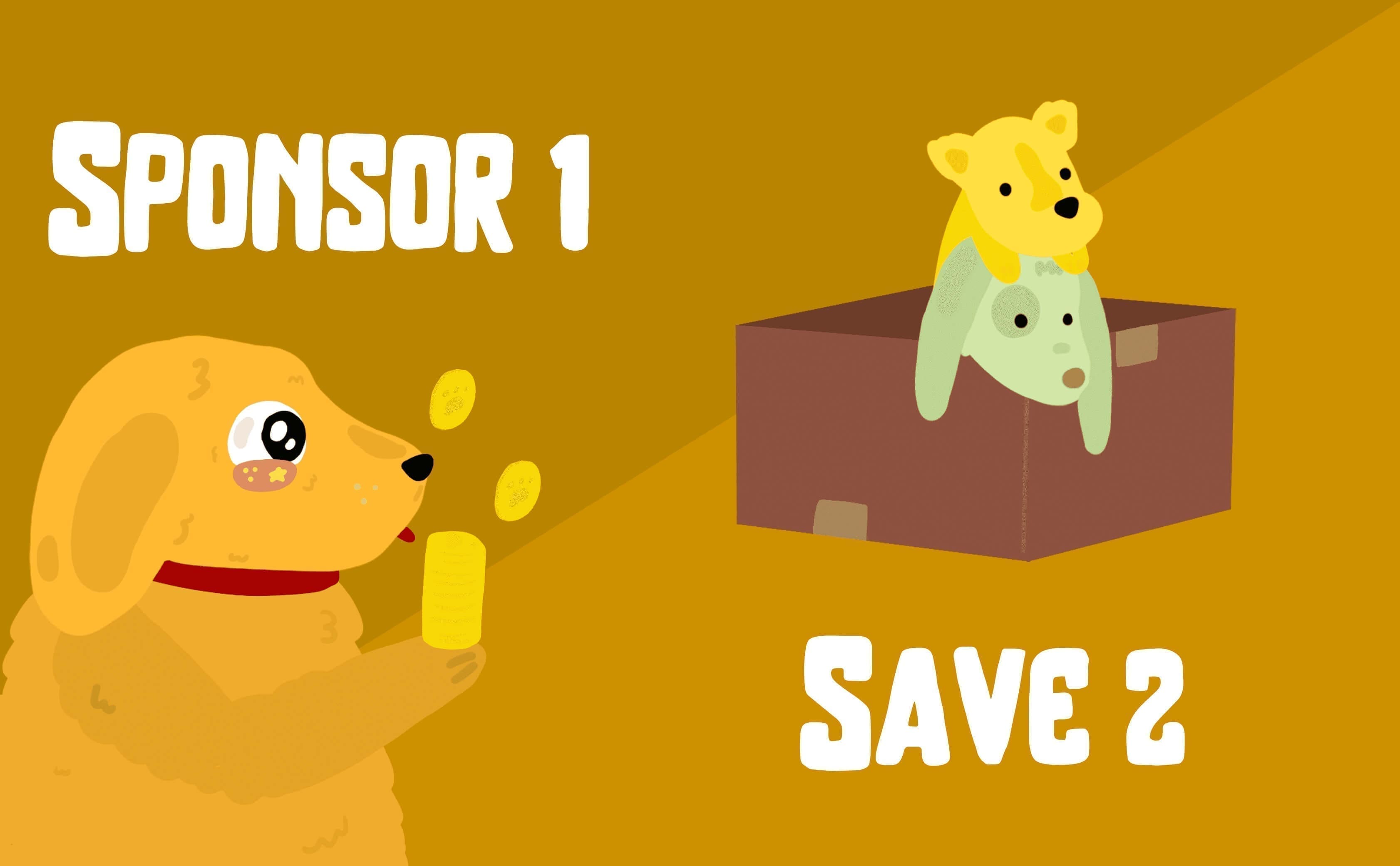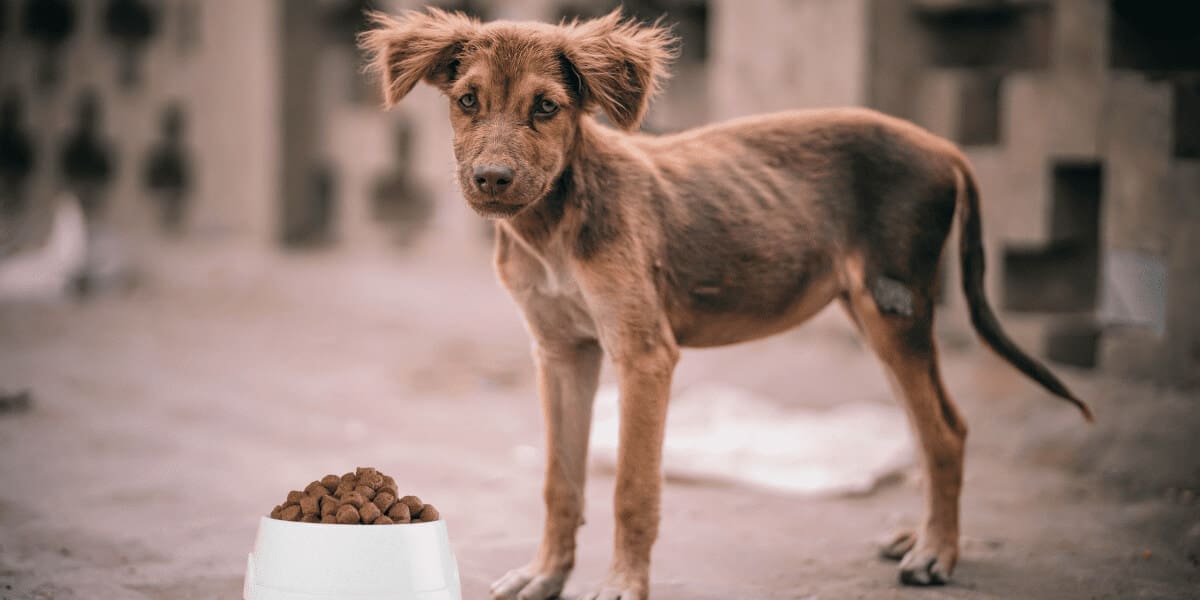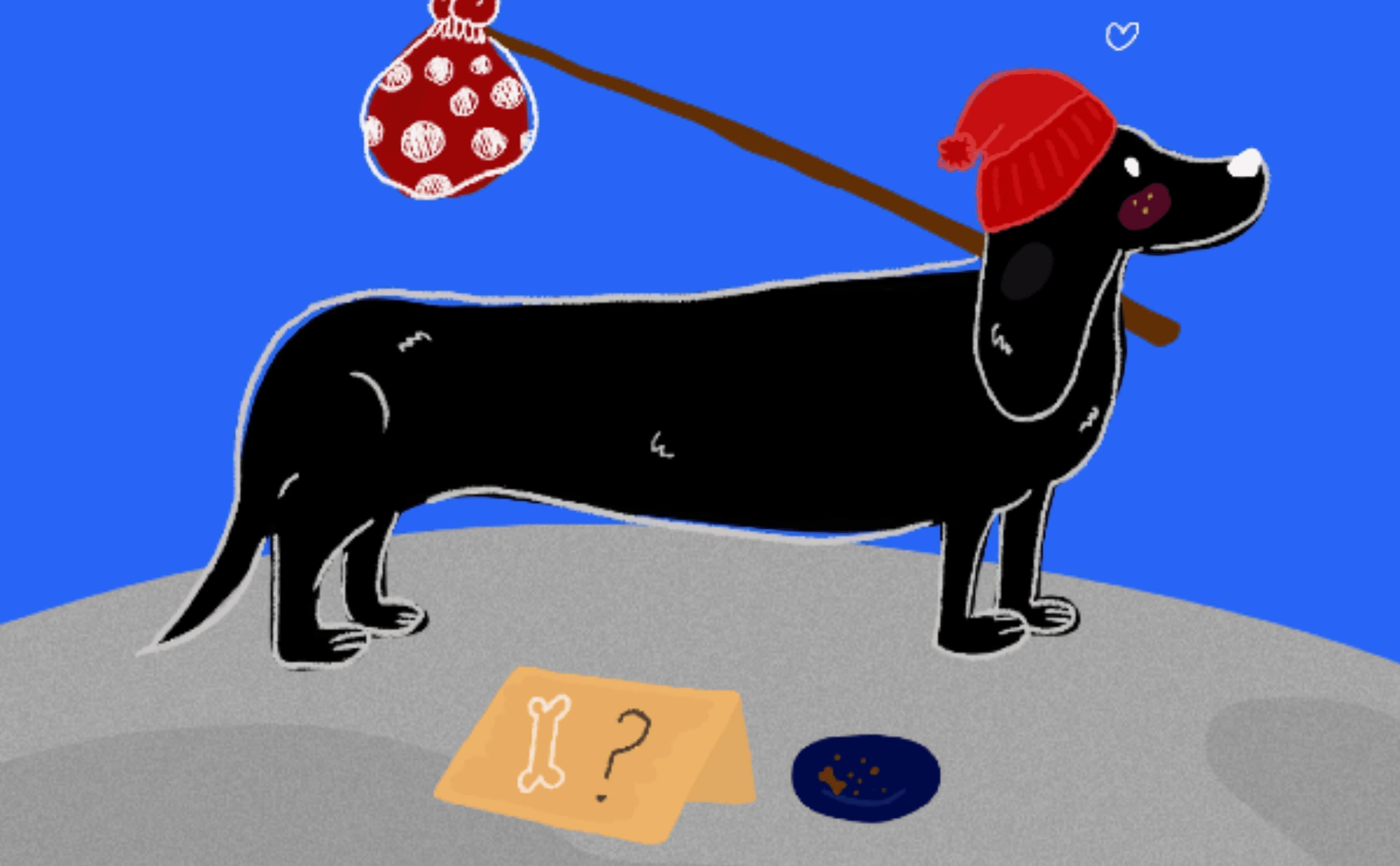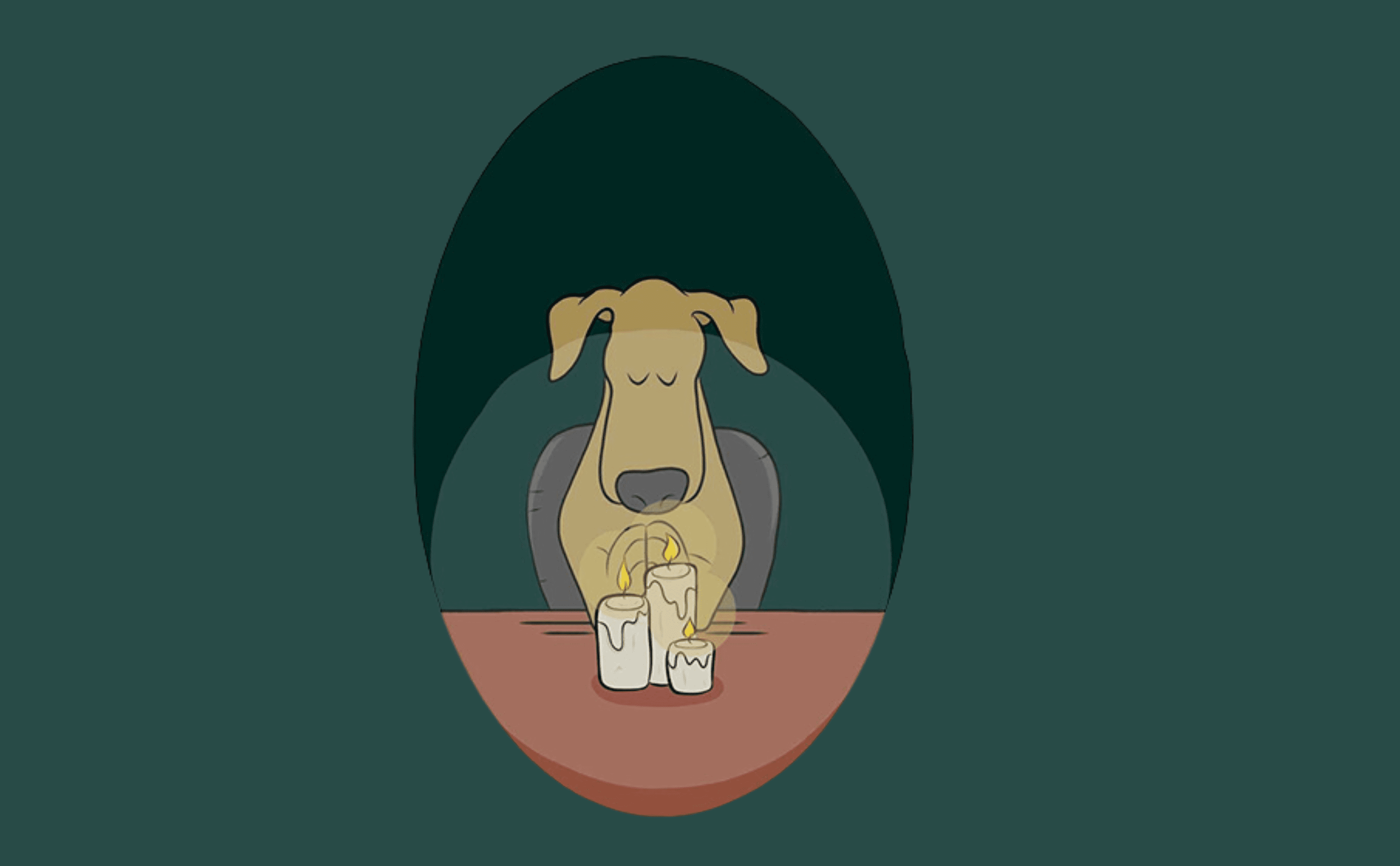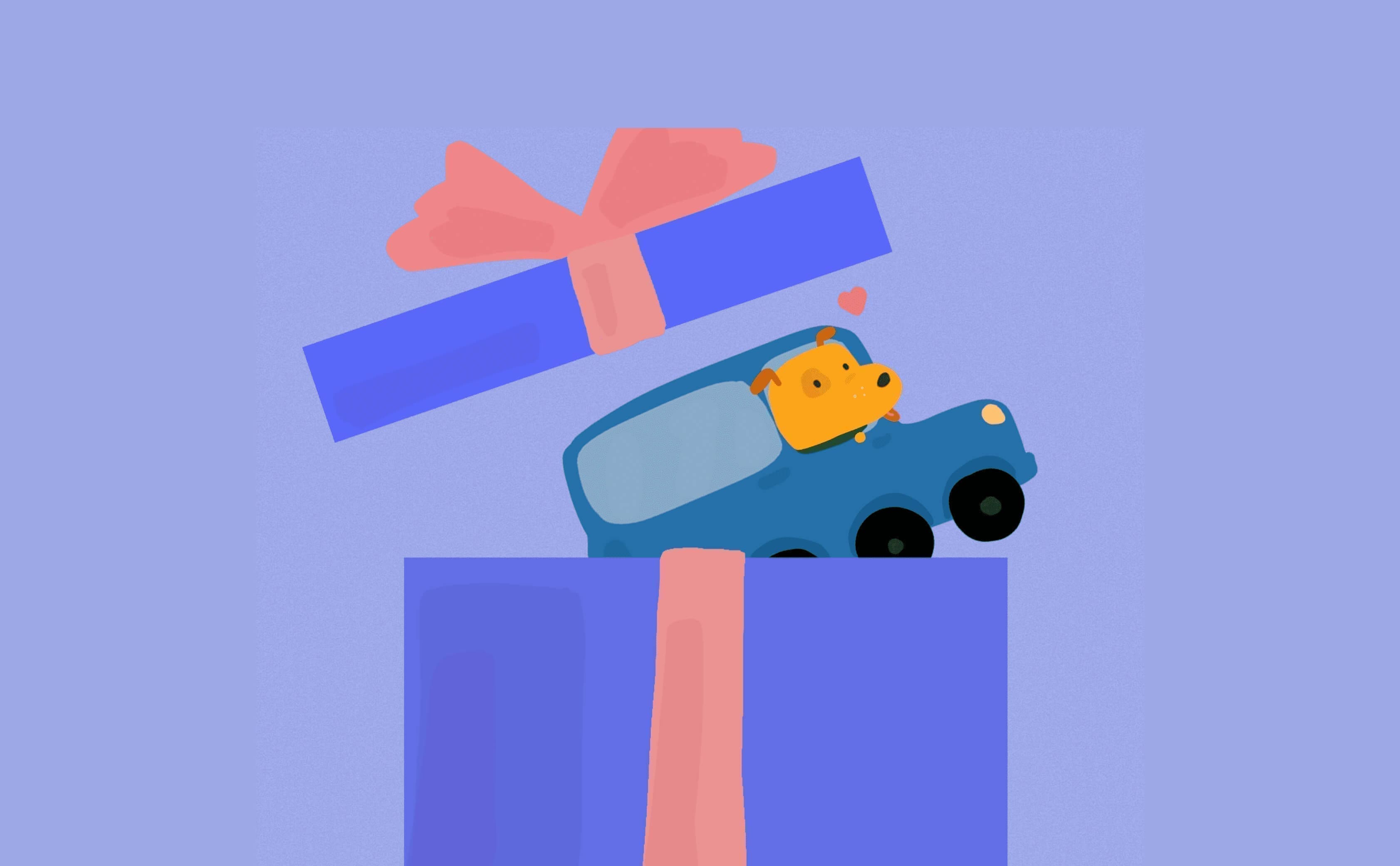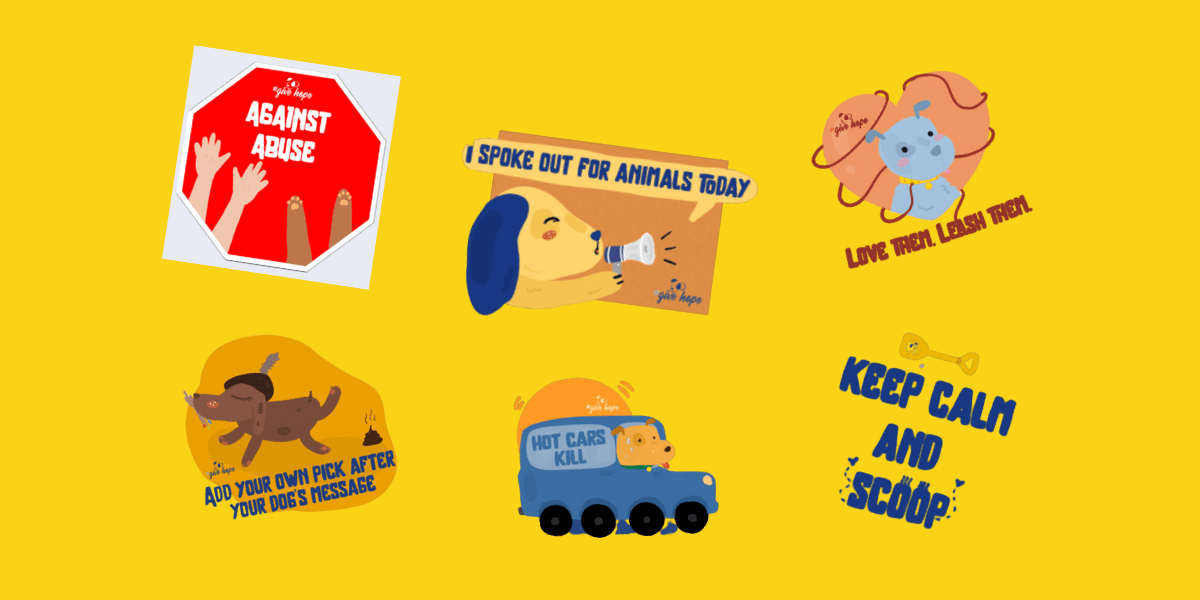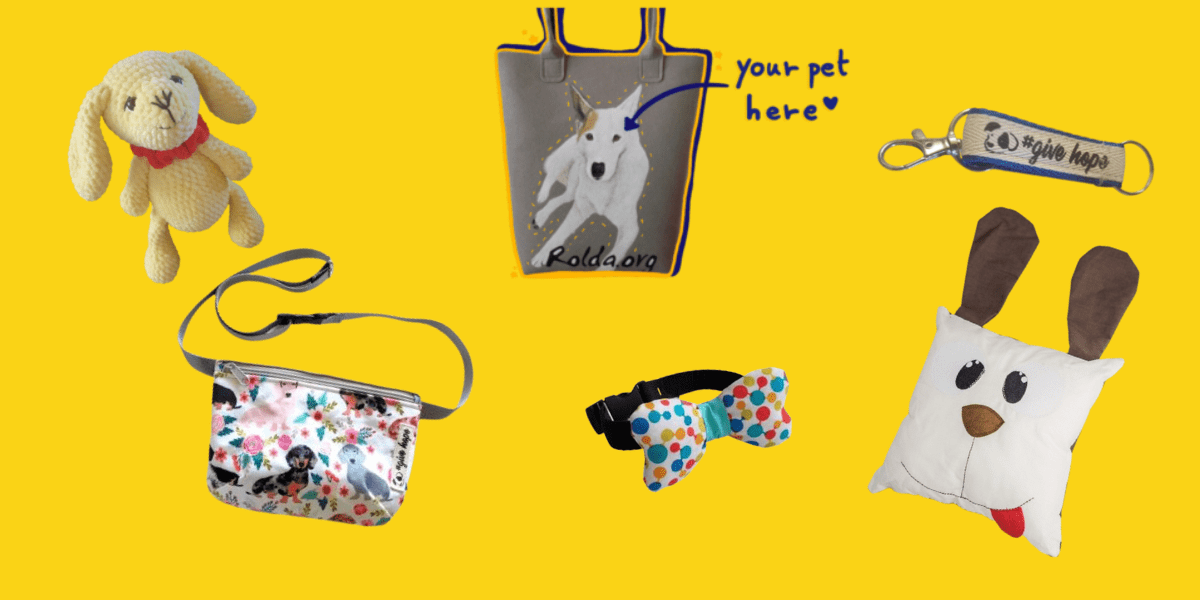Rescue category
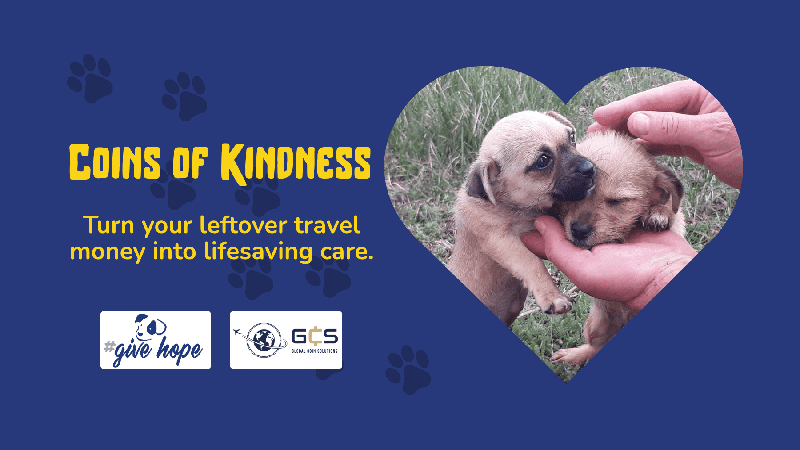
Coins of kindness
Do you have any leftover currency from your holidays? We would love it if you donated it to ROLDA USA. We have partnered with Global Coin Solutions, who turn the currency you no longer need into $$$ to help us rescue and rehome dogs from Romania & war-torn Ukraine. Drawers or Jam jars filled with ... Coins of kindness
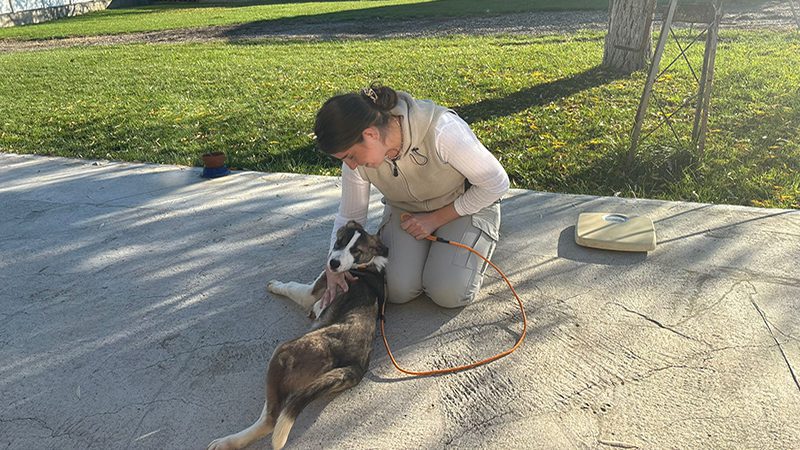
Maddy’s Trip to ROLDA shelters
Getting on a plane and driving across a country could feel like an arduous task at hand but given the bigger picture at play, I knew this was going to be a special one. Last week, I flew out to meet the dogs and cats at our shelter in Galati, Romania and was truly touched ... Maddy’s Trip to ROLDA shelters
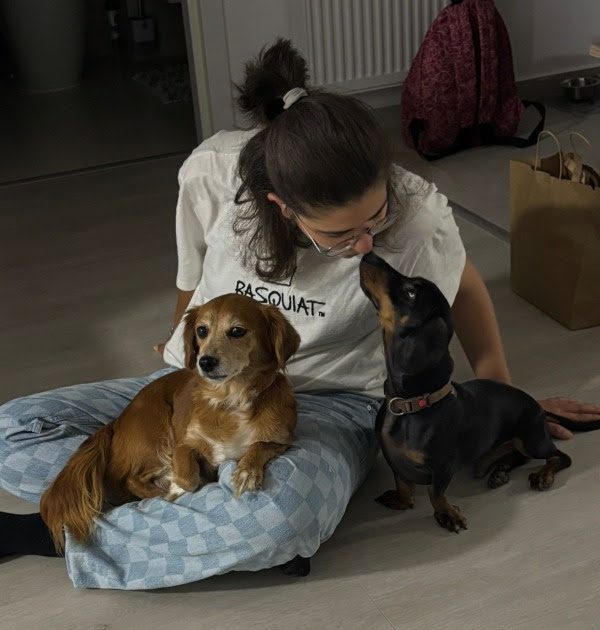
Dezzi and Delia: A Heartwarming Friendship
My name is Delia. I manage fundraising and awareness campaigns for ROLDA. Today, I want to take a moment to share the story of my sweet Dezzi… Dezzi (originally Daisy) is 8 years old. I adopted her in 2021 from a woman who was keeping 18 animals in a small apartment before leaving for Italy. When I first ... Dezzi and Delia: A Heartwarming Friendship
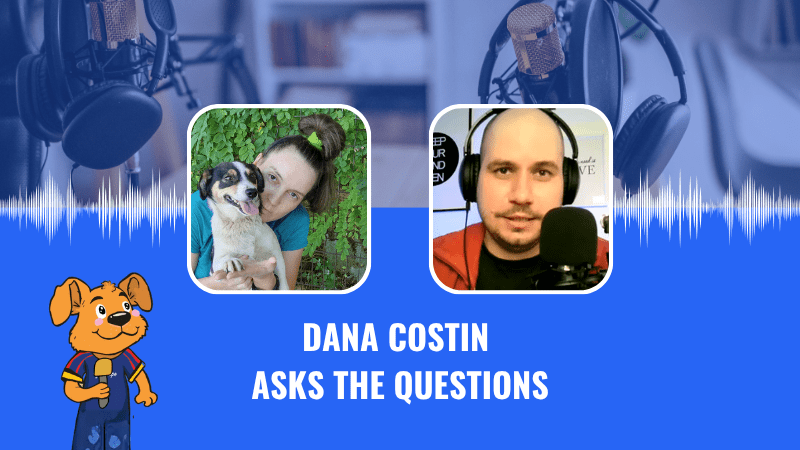
Learning from the Podcast: Dana Costin Asks the Questions
From discussing abandoned dog rescues to sharing lessons through football, Dana Costin guides the conversation with the podcast host, highlighting empathy, dedication, and the power of small actions to make a difference. 1. What is your first memory of an animal? My first memory is of a half-breed dog named Suru. He was a big ... Learning from the Podcast: Dana Costin Asks the Questions
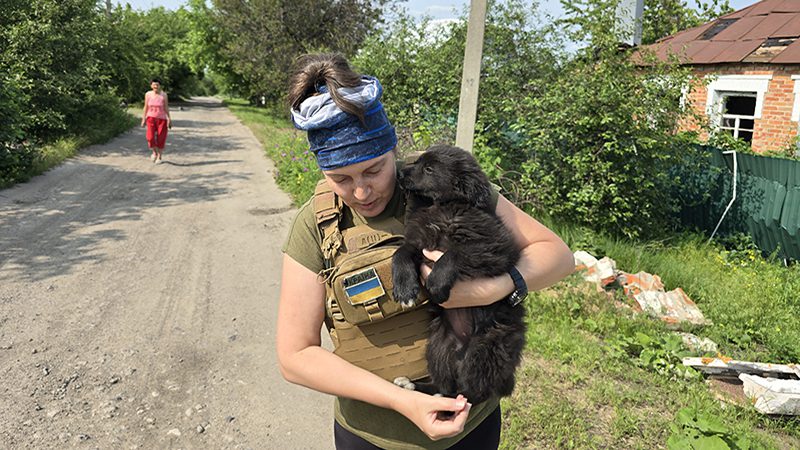
Into the War Zone
A first-hand account by Dana Costin, Founder of ROLDA At ROLDA, we like to say that our volunteers are the heart of the charity. The passion, dedication and determination of our volunteers make such a difference that they help shape our future. Small charities can be highly dependent on volunteers, especially when they cannot afford ... Into the War Zone
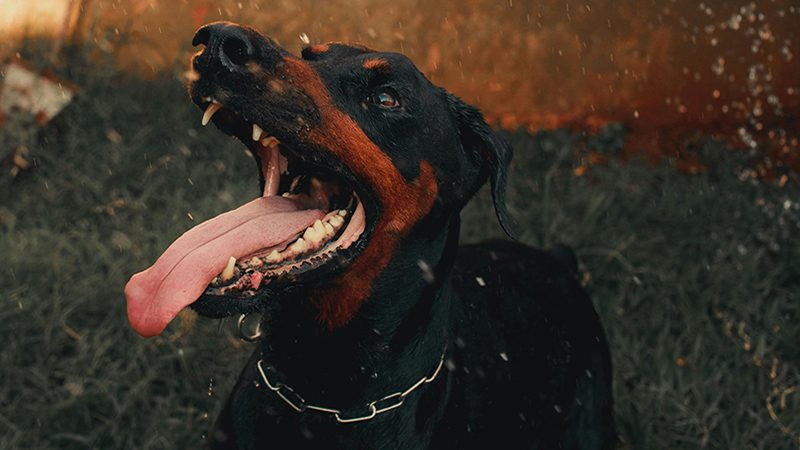
How do you train an older dog not to bite?
As much as we love our dogs and as much as we understand their instincts, biting remains objectively wrong. This is primarily because of its obvious harmful effects and the legal implications for the owners of dogs that bite. Sometimes, it might depend on the context in which the bite occurred and the severity or ... How do you train an older dog not to bite?
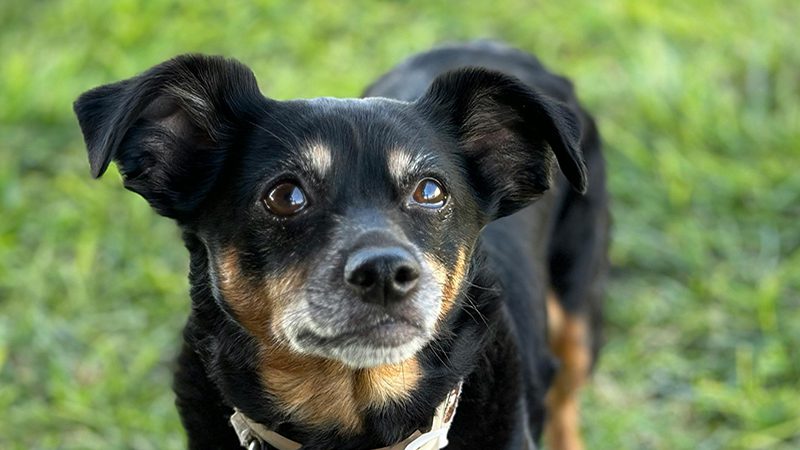
How do I get my puppy to stop crying?
Getting a puppy can be the most exciting moment of anyone’s life. Even as children, we dream of the unbreakable bond we will have with our dog, a bond created since puppyhood. The training part, however, hits like a ton of bricks! As aware as you might think you are of all the things you ... How do I get my puppy to stop crying?
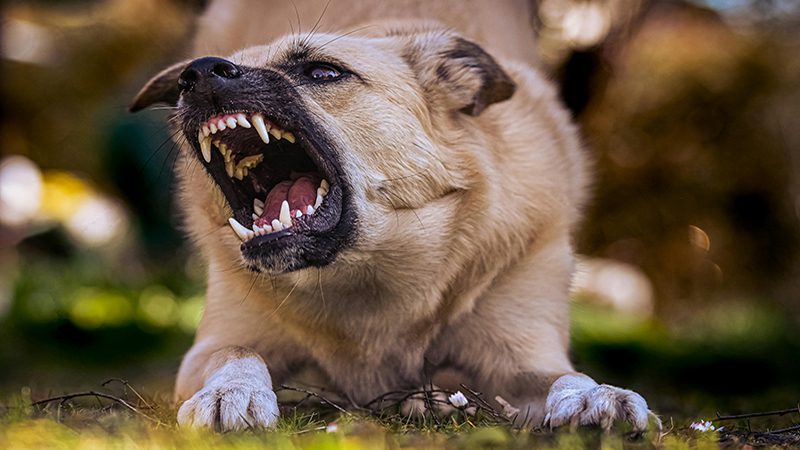
Understanding Canine Behavior: What Your Dog’s Actions Reveal
Here is something that sounds difficult to do before you have a dog: understanding them and being able to have a “conversation.” You might think that only professional trainers and seasoned dog owners will know the significance behind every sniff and growl. Still, the experience will soon teach you that any dog owner with a ... Understanding Canine Behavior: What Your Dog’s Actions Reveal
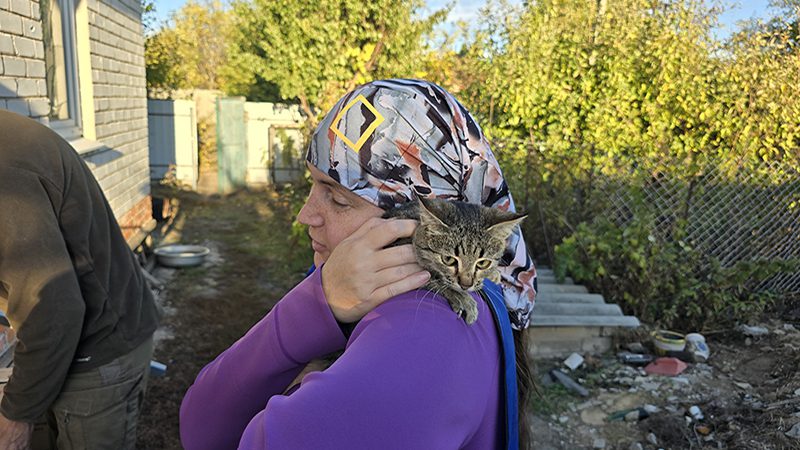
Dana’s Journey to Ukraine, October 2024
Compassionate Impact Report: capturing the sights, sounds, and stories of resilience. With a heart full of dedication and compassion, Dana Costin, CEO of ROLDA, embarked on a five-day mission to Ukraine in October 2024 travelling to the Kharkiv region, where she provided crucial support for animal rescue operations near the front lines. With a van ... Dana’s Journey to Ukraine, October 2024
 non-US support +44 (0)161 531 8801
non-US support +44 (0)161 531 8801



